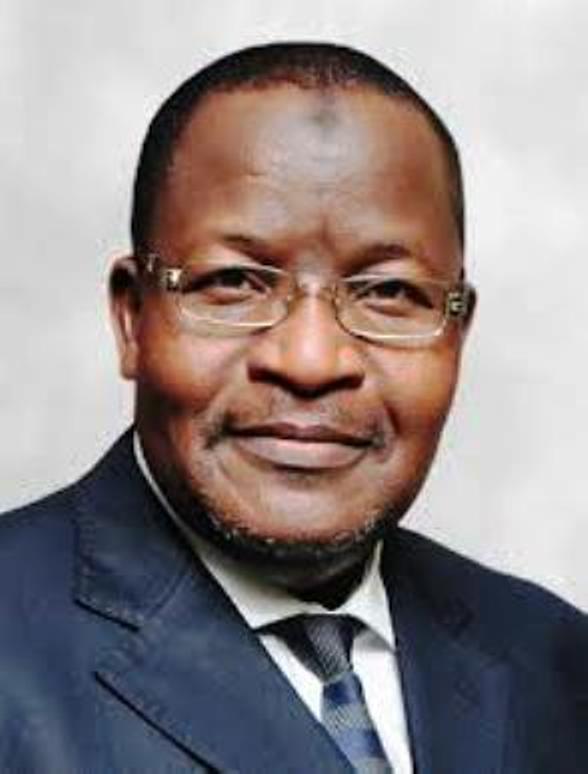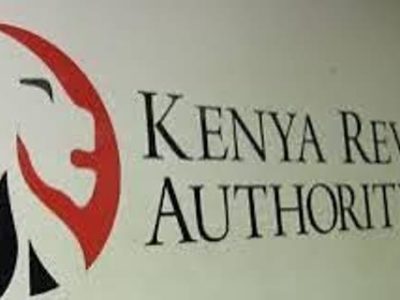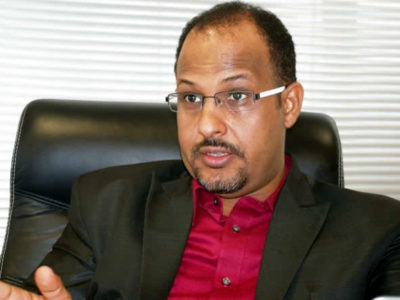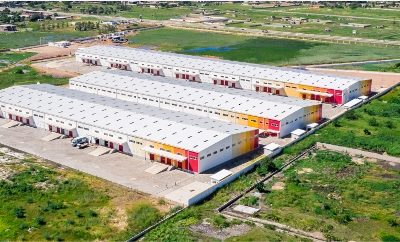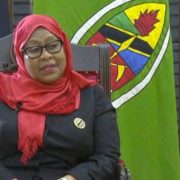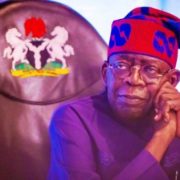By Oluwatobi Opusunju
Nigeria’s broadband goal is still on narrow track according to the country’s telecom regulator. Of the over 120,000 kilometres of metropolitan fibre networks needed across the six geo-political zones to achieve pervasive broadband penetration, only about 52,000 km of fibre optic cables have been deployed by mobile network operators (MNOs); representing a mere 43.3% as at April this year.
Executive Vice Chairman of the Nigeria Communications Commission (NCC), Prof. Umar Danbatta while speaking this week in Lagos at the 10th anniversary Lecture and Awards of Business Journal with the theme: “Infrastructure and Economic Growth: Exploring the Strategic Alliance”, said infrastructure rollout needed to be more aggressive to achieve the 30% broadband target for 2018.
The current figure of 43% signals that the country needs nothing less than 68,000km more of fibre cables for ubiquitous broadband penetration to be achieved as well as to attain the National Broadband Plan (NBP) of 30% of by year end. Broadband penetration is currently 22%.
Danbatta also noted that there are about 33,000 2G, 29,000 3G and 40004G LTE sites deployed as at April 2018; adding that the commission has issued several operational licenses and auctioned several spectrum licenses to support deployment of various telecom services.
“As part of the initiative to achieve the National Broadband Plan (NBP) target for broadband penetration, the commission has licensed and auctioned frequency spectrum to some new and existing licensees. Some of these include Bitflux Communication Limited (Bitflux), MTN Communications Limited, Intercellular Nigeria Limited, etc.,” said the NCC boss who was represented by the Assistant Director, Technical Standards and QoS Unit, NCC, Mr. Edoyemi Ogoh.
“To ensure the continual rollout of requisite infrastructure, 12 Metropolitan Fibre Cable Network Companies and 12 National Long Distance Operators are licensed by the NCC,” he added.
Similarly, Danbatta said in order to drive the process for the delivery of fast and reliable broadband services across the country, the commission established a Broadband Implementation & Monitoring Committee (BIMC). The committee according to him is charged with driving the broadband infrastructure licensing and deployment using the “Open Access Model” (OAM).
The OAM is an initiative to help optimize the cost of broadband access across Nigeria and ensure that all operators, whether large or small, have equal access to broadband infrastructure among other things.
“In the commission’s drive to expedite the roll out of fibre optic infrastructure across the country, the “Open Acess Model” has been examined as the model for optic fibre transmission network deployment to bridge the current gap and deliver fast and reliable broadband services to households and businesses.”


